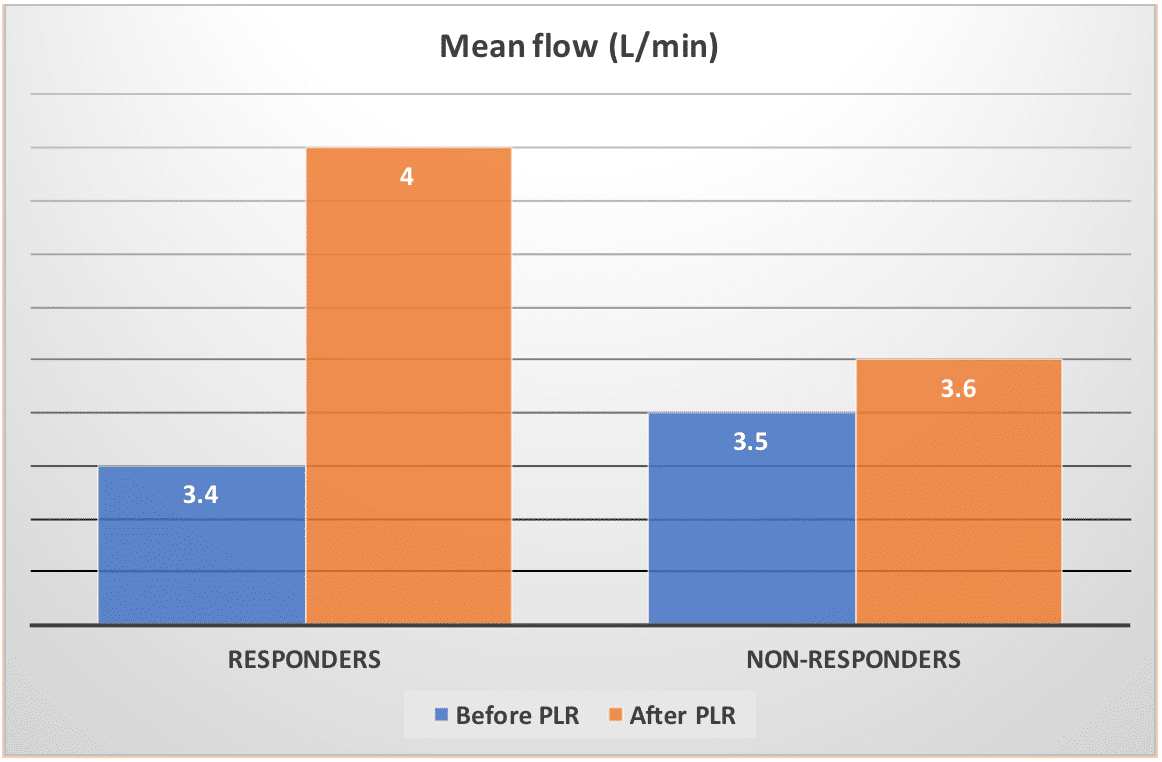
Predicting Fluid Responsiveness Using Passive Leg Raising Early After Left Ventricular Assist Device Implantation - A Prospective Study
Background
Left Ventricular Assist Device (LVAD) implantation is a common surgical procedure in patients with end-stage heart failure. Optimal fluid management is essential for adequate postoperative treatment. It is important to identify which patients will benefit from fluid administration. Passive leg raising (PLR) is a validated dynamic method to predict fluid responsiveness in patients with heart failure by inducing a transient increase in cardiac preload.
Objective
To investigate the role of PLR on the management of patients following LVAD implantation in the postoperative period.
Methods
A prospective study was performed on 14 consecutive patients following LVAD implantation in whom five-minute PLR maneuvers were carried out during the first two hours after surgery. The LVAD flow as well as the central venous pressure (CVP) and mean arterial pressure (MAP) were measured before and after PLR. Fluid responsiveness was defined as at least 15% increase in the LVAD flow.
Results
Eight patients were responders and six were non-responders for PLR. Six of the responders had RV dysfunction (≥3). Fluid responsiveness was associated with an increase of 0.6 L/min (19.1%) in the LVAD flow (Figure), the mean CVP raised from 11.9mmHg to 15mmHg and the MAP raised from 84.4mmHg to 88.4mmHg. The end tidal CO2 increased after the PLR in 4.1mmHg in the responders group and in 0.7mmHg at the non-responders group.
Conclusion
PLR maneuver is a noninvasive and easy-to perform method to assess fluid responsiveness in patients after LVAD implantation, by using the LVAD flow.

Powered by Eventact EMS